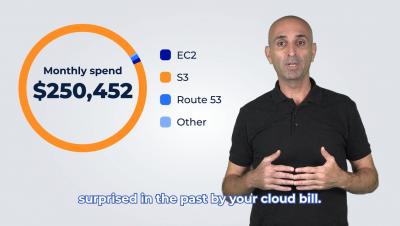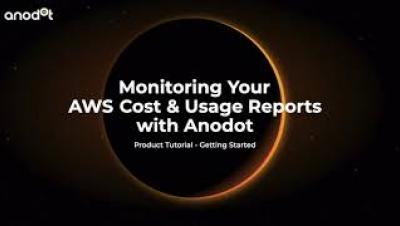Systems | Development | Analytics | API | Testing
Cost Management
Struggling to Manage your Multi-Tenant Environments? Use Chargeback!
If your organization is using multi-tenant big data clusters (and everyone should be), do you know the usage and cost efficiency of resources in the cluster by tenants? A chargeback or showback model allows IT to determine costs and resource usage by the actual analytic users in the multi-tenant cluster, instead of attributing those to the platform (“overhead’) or IT department. This allows you to know the individual costs per tenant and set limits in order to control overall costs.
Cloud Costs Through the Roof? Don't Worry - We've Got You Covered
Does it feel like your business is paying too much for cloud services? You are not alone. Cloud costs are expected to increase at a compound annual growth rate of 10.5% to 13.1% through 2025, according to the International Data Corporation (IDC). While getting a handle on those cloud costs may be tricky, you don’t have to worry — we’ve got you covered.
Organizations Grapple with Skyrocketing Cloud Costs, Anodot Survey Finds
The pandemic upended business for many or at the very least cast a grim shade of uncertainty, so, as many took to working from home, they also were commissioned with cutting waste. Among the biggest sources of misspend in 2020 – cloud services. And remote work may have actually spurred the problem, as organizations migrate more applications to the cloud to support these workers.
Anodot vs. AWS: Which Has the Most Accurate Cloud Cost Forecasts?
The move to cloud computing has been a no-brainer for many enterprise companies. But cloud computing is an expense that, unlike many other operating costs, is largely variable. Many companies — including the fastest-growing startups, largest enterprises, and leading government agencies — choose AWS to help them streamline fragmented processes, reduce costs, become more agile, and innovate faster.
Why choose Anodot for AWS cloud costs monitoring?
Cost Conscious Data Warehousing with Cloudera Data Platform
Have you been burned by the unexpected costs of a cloud data warehouse? If so, you know about the failed economics of some cloud-native solutions on the market today. If not, before adopting a cloud data warehouse, consider the true costs of a cloud-native data warehouse. Data warehouses have been broadly adopted to provide timely reports and valuable insights. However, traditional deployments are notoriously cumbersome and cost-prohibitive at large scales.
Anodot Tutorial: AWS Cost & Usage Report (CUR) Monitoring
Good Catch: Cloud Cost Monitoring
Aside from ensuring each service is working properly, one of the most challenging parts of managing a cloud-based infrastructure is cost monitoring. There are countless services to keep track of—including storage, databases, and computation—each with their own complex pricing structure. Monitoring cloud costs is quite different from other organizational costs in that it can be difficult to detect anomalies in real-time and accurately forecast monthly costs.







